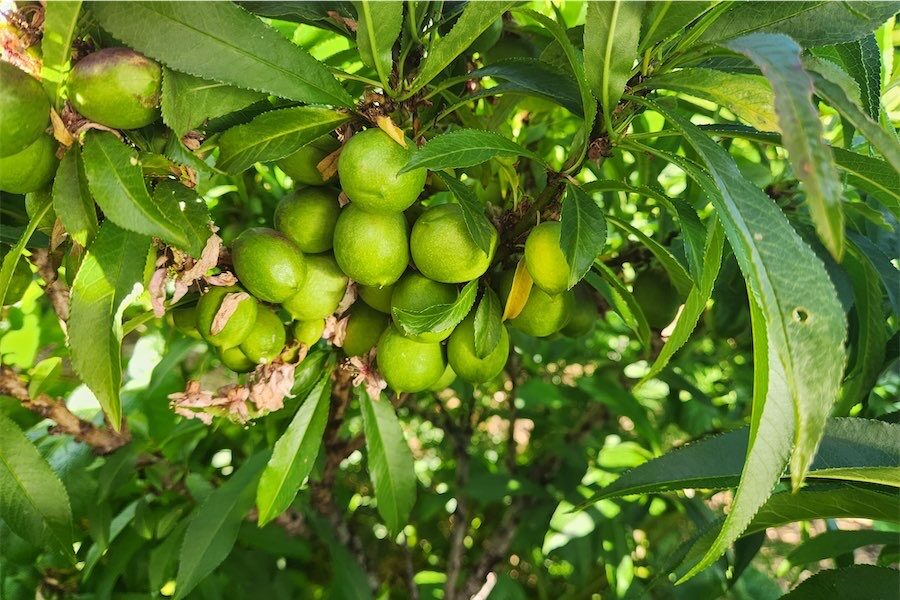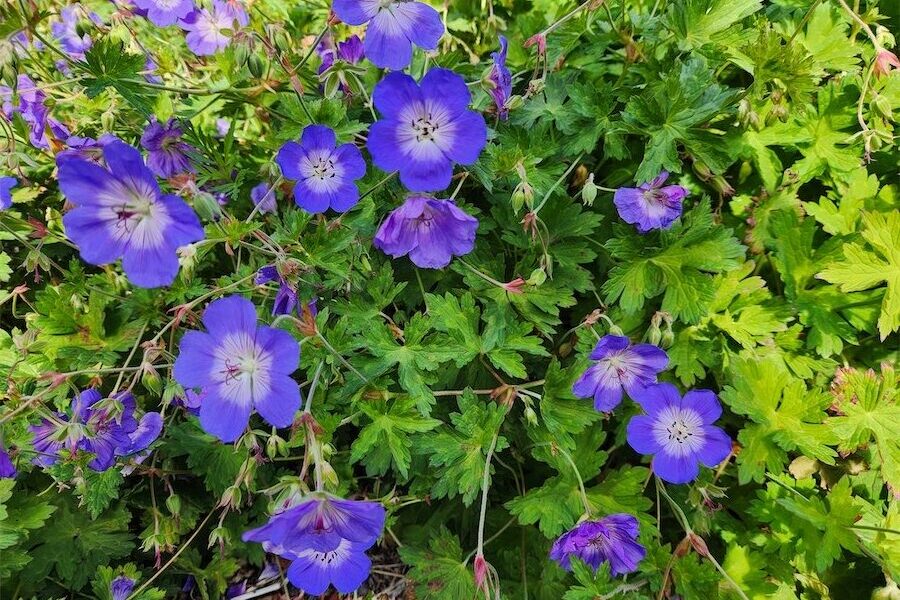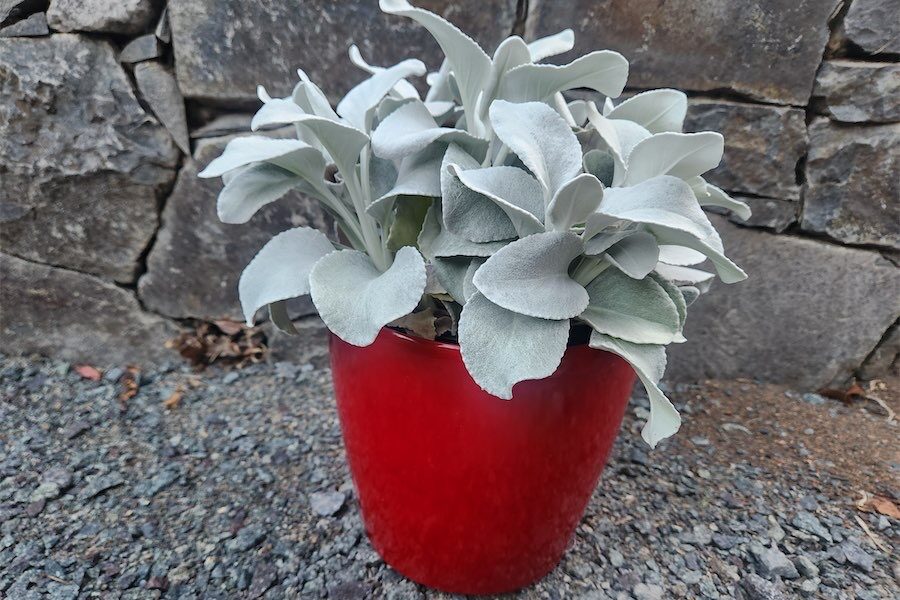
Thinning stone fruit such as peaches, nectarines and apricots is best done just after flowers have waned, but if it was not done then, it can be done now, says gardening writer JACKIE WARBURTON.
Thinning stone fruit is important for the overall yield; it’s better to have bigger and better-quality fruit than lots of small fruit that don’t grow well.

Bunched fruit can cause fungal issues and poor air flow. Fruit will be spoiled when ripe. Thinning out small fruits now will allow space between the remaining fruit and give them space to grow.
Pome fruits – apples, pears and quinces etcetera – can also benefit from fruit thinning to prevent fruit drop in the summer or prevent limb damage if fruit is too heavy on branches.
Watering is crucial while fruit is growing, but not too much fertiliser in the summer. Save that for autumn and spring.
NOW there is little chance of frosts, all vegetables of the solanaceae family – tomatoes, capsicums, potatoes and eggplants – can be planted where there were onions and root vegetables the previous season.
Tomatoes need space to grow and good airflow to keep fungal diseases at bay. They will also benefit from a little dolomite lime in the soil before planting to increase the calcium levels. This also helps prevent blossom end rot, where tomatoes are spoiled at the base of the fruit and not edible.
Seed should not be kept from these diseased fruits and should be disposed of in the green waste bin and not the home compost.
Tomatoes have many companion plants they like to grow alongside, including basil, marigolds, chives and parsley. But they’re not friends with any plants from the brassica family (such as cabbages and broccoli) which can stunt tomato growth as they compete for the same nutrients in the soil.
Once the tomato plants are growing strongly, feed them every two weeks with a water-base fertiliser that’s high in phosphorus and potassium and low in nitrogen.
Tomatoes are a vine plant and once the central leader begins to grow it can be tied to a frame or trellis. Remove lower leaves as it grows.

IN flower now is a terrific, easy little grower, Spanish Blue Cranesbill (Geranium ibericuman). It flowers for many months with little care and, while it looks a bit sad in winter, it’ll bounce back and fill a hot spot where very little can grow. Equally it doesn’t mind a little shade, making it a good transitional plant where an area has both growing conditions.
A little dolomite lime, compost or mulch is appreciated, but the plant is untroubled by not getting any fertiliser.
They are easy to grow along with other cranesbill species such as Cranesbill Rozanne, which won the award of merit and plant of the year prizes at the 2008 Chelsea Flower Show in the UK.
Likewise, the Biokovo Bloody Cranesbill, with its delicate pink flowers that sit above the pungent foliage – which can be overpowering if too much is planted in a small space.
Cranesbills are easy to propagate. Break a piece of stem and plant it into a small pot with a sandy potting mix. Keep moist and in the shade until there is new growth and sun can be increased. Plant into the garden once the cutting has good, strong roots.
Jottings…
- Keep weeds out of lawns before they set seed.
- Keep pruning wisteria to keep growth under control.
- Plant citrus trees and water well.
Who can be trusted?
In a world of spin and confusion, there’s never been a more important time to support independent journalism in Canberra.
If you trust our work online and want to enforce the power of independent voices, I invite you to make a small contribution.
Every dollar of support is invested back into our journalism to help keep citynews.com.au strong and free.
Thank you,
Ian Meikle, editor





Leave a Reply